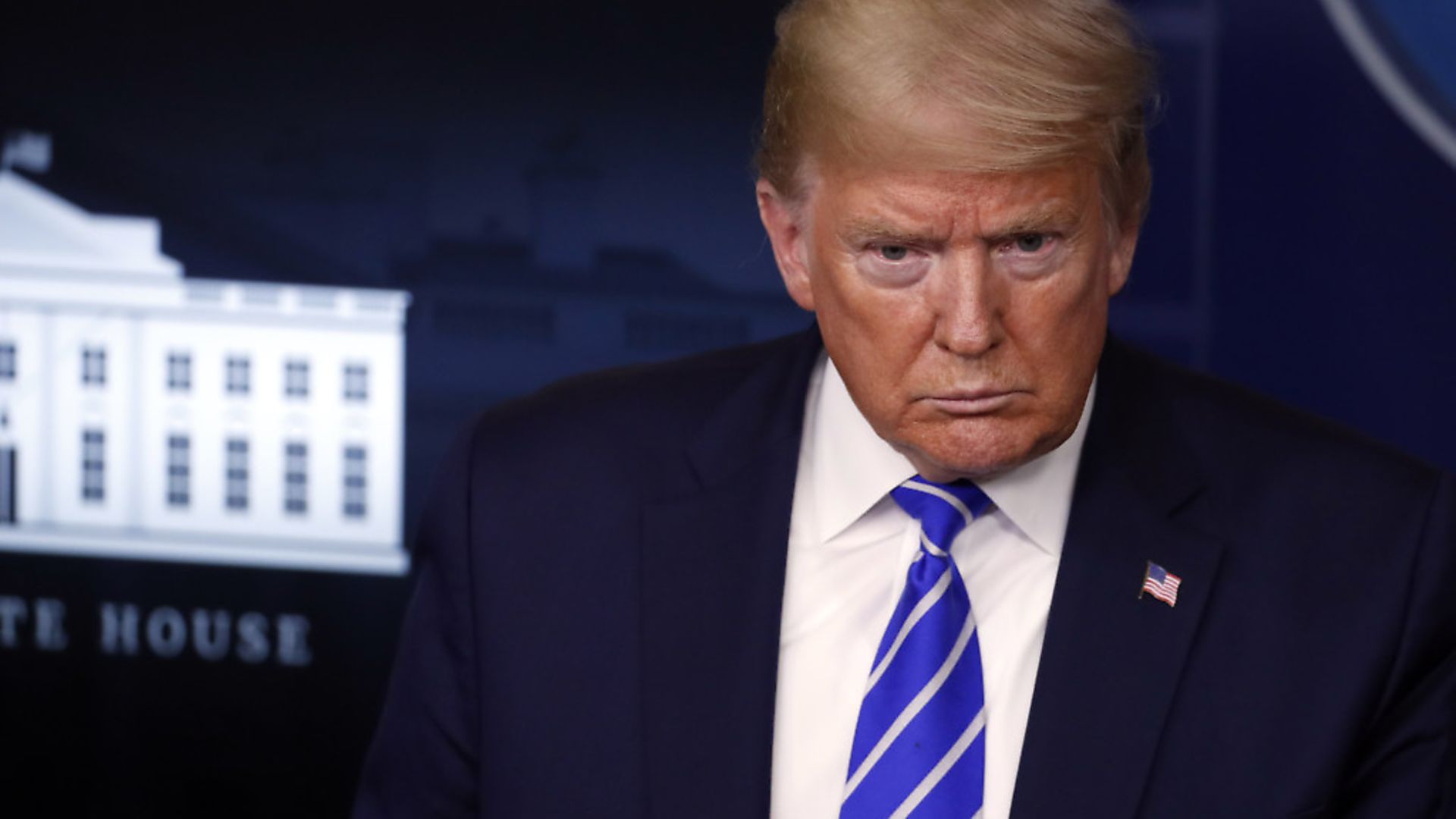
ANDREW ADONIS explores the link between the historic dispute over Tibet’s border, Brexit, and how Donald Trump could throw fuel on both flames.
As we mark the fourth anniversary of the 2016 referendum this week, I have been struck, Sherlock Holmes-like, by the curious case of Brexit and Tibet. Let me explain…
The alarming geo-political event of recent days has been the renewed fighting between India and China on the Tibetan plateau in the vast disputed Himalayan border region between the two most populous nations on earth.
So far this has taken the form of hand-to-hand combat between soldiers wielding clubs. A few dozen have died, some from falling off – or being pushed off – cliffs into the ravines below. Fortunately a previous agreement bans Indian and Chinese soldiers from carrying guns in the region.
However, any day that restraint may break down. If it does, escalation could be dire between these two nuclear-armed nations, both surging with nationalist aggression and leaders keen for international distractions from Covid-19.
To see where this may lead, there is no need for Mr Holmes’s forensic skills. Just Google ‘Indo-China war of 1962’ and read: ‘A Chinese disputed Himalayan border was the main cause of the war. There had been a series of violent border skirmishes between the two countries after the 1959 Tibetan uprising, when India granted asylum to the Dalai Lama. India initiated a Forward Policy from 1960 to hinder Chinese military patrols and logistics, in which it placed outposts along the border, including several north of the McMahon Line.’
The 1962 war was no minor skirmish. The estimated death toll was in the thousands, the scale of the conflict neglected internationally because it happened at the same time as the Cuba missile crisis.
Most commentary on the present dispute focuses on China’s growing assertiveness abroad. Hong Kong, Taiwan, the South China Sea: Xi Jinping may just have opened a new front with India, as alarming as the others.
The situation is particularly dangerous because last year the US overtook China to become India’s largest trading partner. The Modi government in New Delhi has been tightening India’s foreign investment laws to restrict Chinese influence.
Another Google search puts this too in longer perspective: ‘Despite the total value of India’s exports growing by nearly half between 2010 and 2019, the sum going to China shrank 14% over the period, deepening a trade deficit that is fuelling India’s nationalistic turn.’
It is not hard to see how an increasingly desperate Donald Trump might throw fuel on these flames, as part of his anti-China re-election strategy. The world holds its breath.
But you are still waiting for me to make the Brexit connection. It is there in Google too. As I researched the Sino-Indian frontier, and pored over a large map to realise with some amazement quite how big is Tibet, most of the borders in question turn out to be imperial impositions by British governors in the 19th and early 20th centuries. They were intended to push the northern border of the Indian empire and trade routes into Tibet, as a buffer and economic bridge with both China and Russia.
That ‘MacMahon Line’ is named after Sir Henry McMahon, who imposed it as the boundary between British India and China/Tibet in the 1914 Simla Convention, signed between British and Tibetan officials. It extends, we read, ‘for 550 miles from Bhutan in the west to 160 miles east of the great bend of the Brahmaputra River in the east, largely along the crest of the Himalayas’.
These boundaries were treated by Lord Curzon and imperial grandees in Delhi and London as if they were the borders of Great Britain itself. British security and prosperity was thought to be vitally concerned with new ‘forward’ borders of the empire being recognised across east Asia. And also across Africa and the Middle East.
Within just a few decades of Curzon and McMahon, the sun had set on the British empire and these borders and territories were as alien to Britain as the Roman empire. Only the names remain.
The boundaries and trade routes that matter to modern Britain are now overwhelmingly in Europe. Yet, four years after that calamitous referendum, Johnson and his henchmen are treating them as if they were as alien as Aksai Chin and the Siachen Glacier on the McMahon Line.









